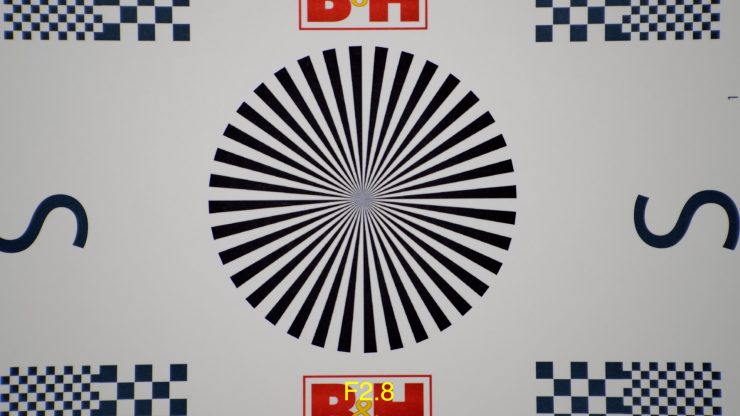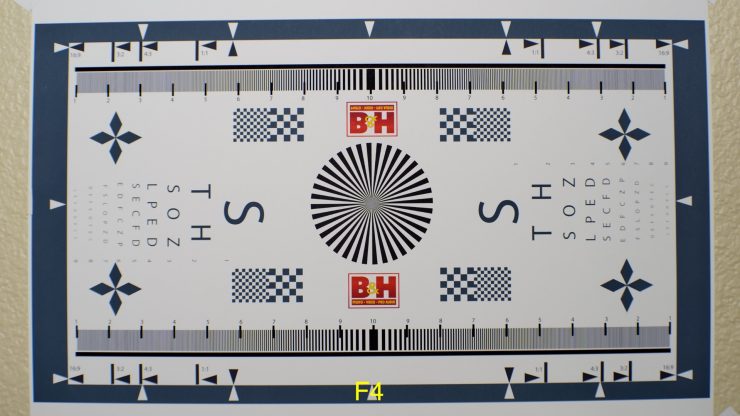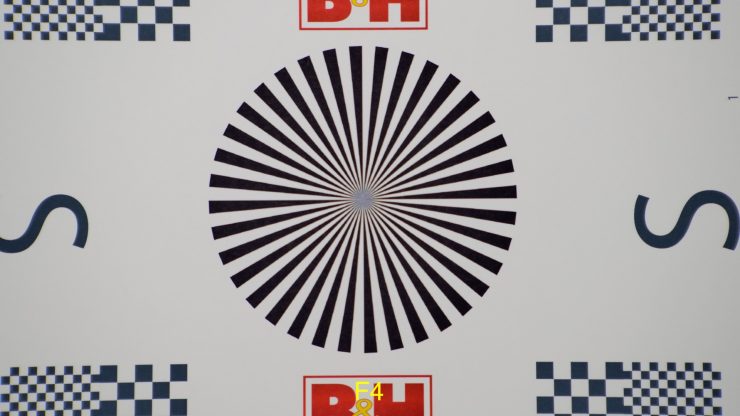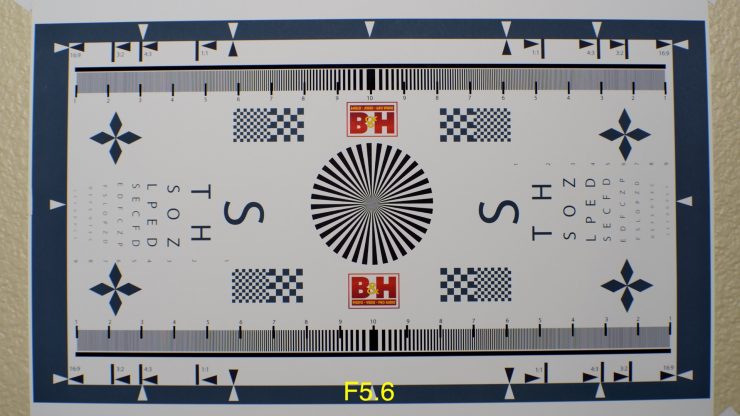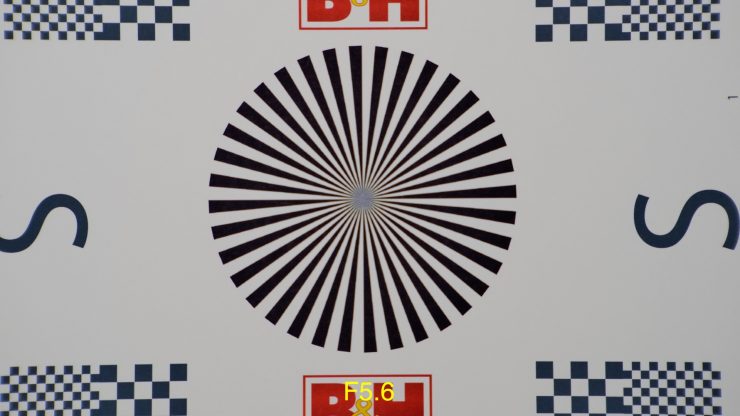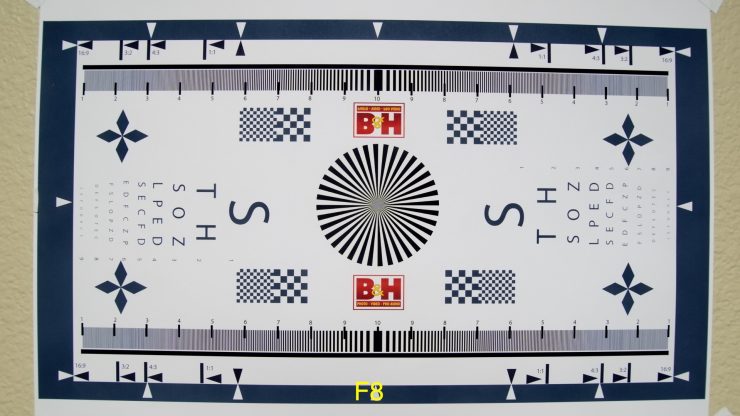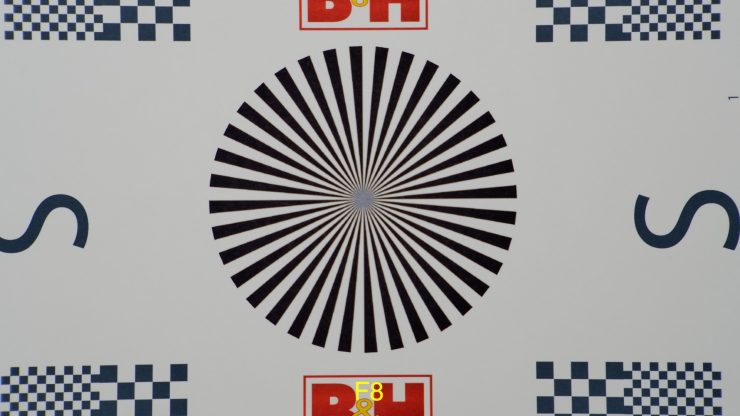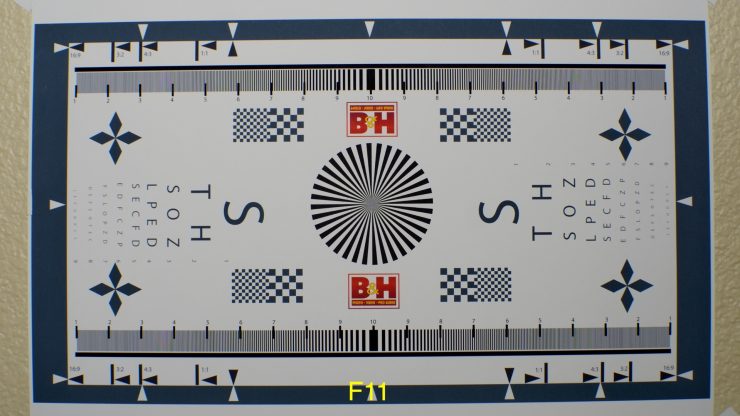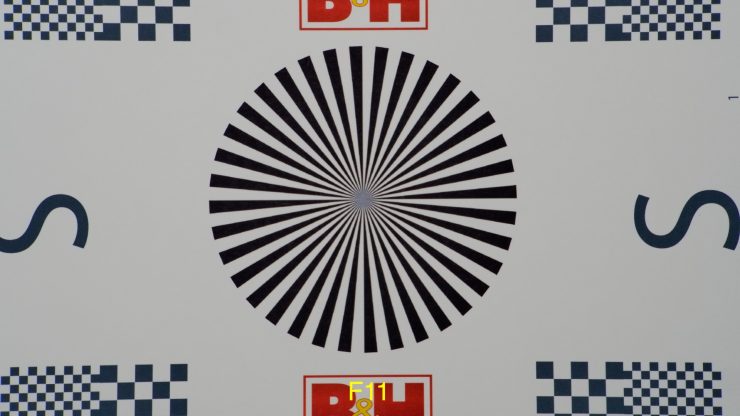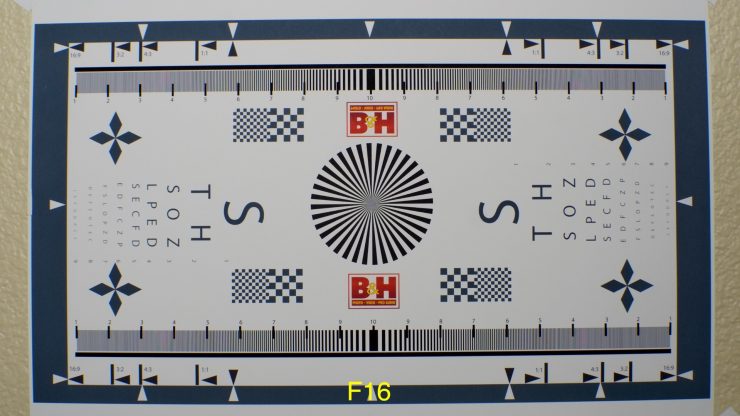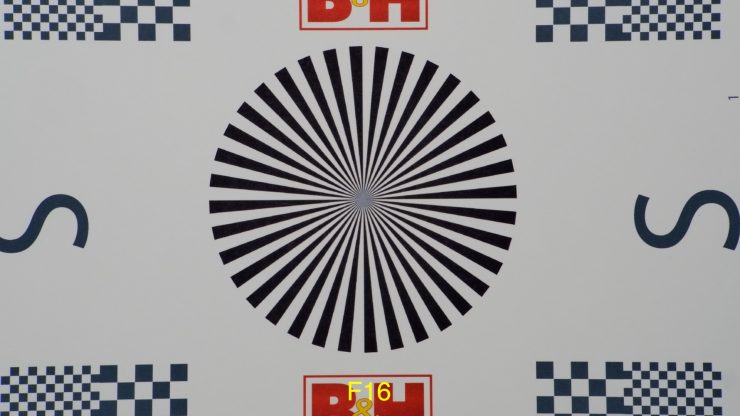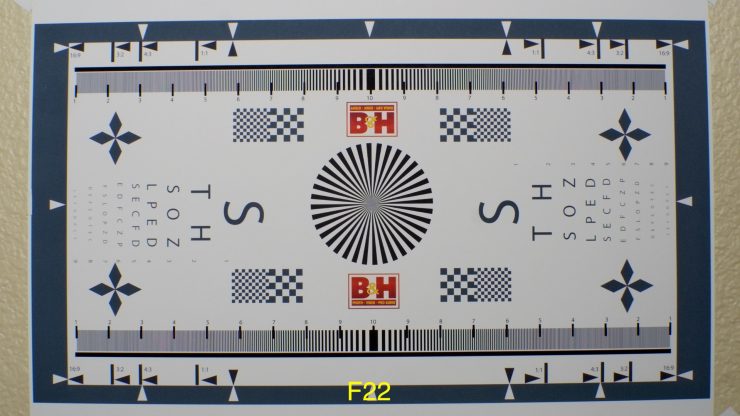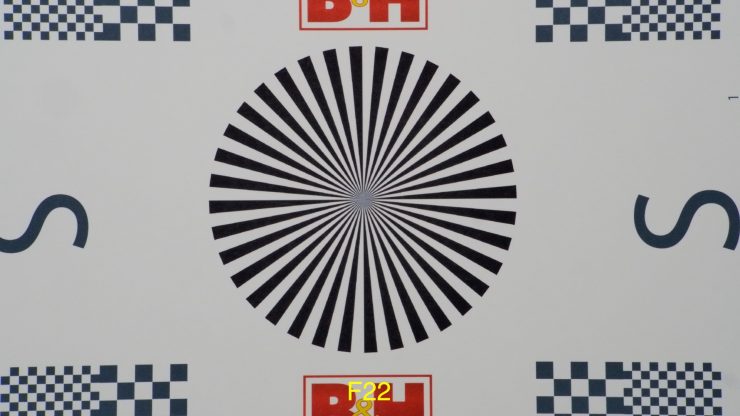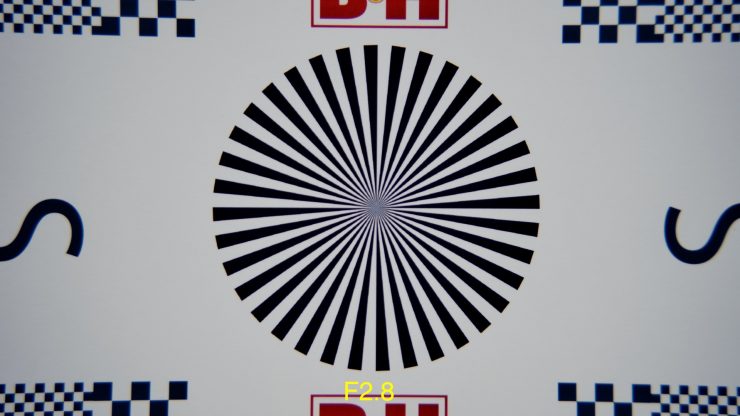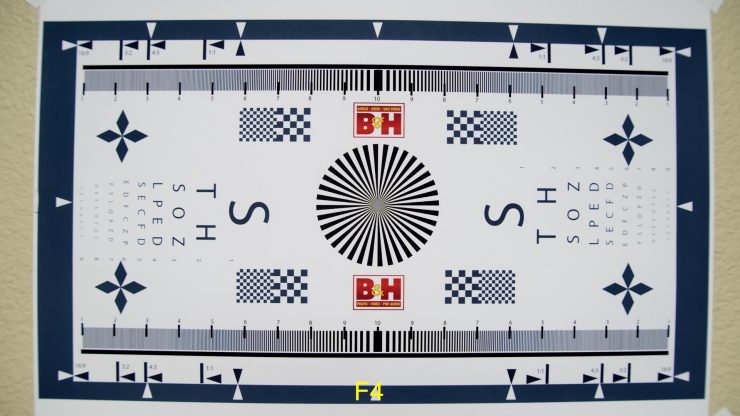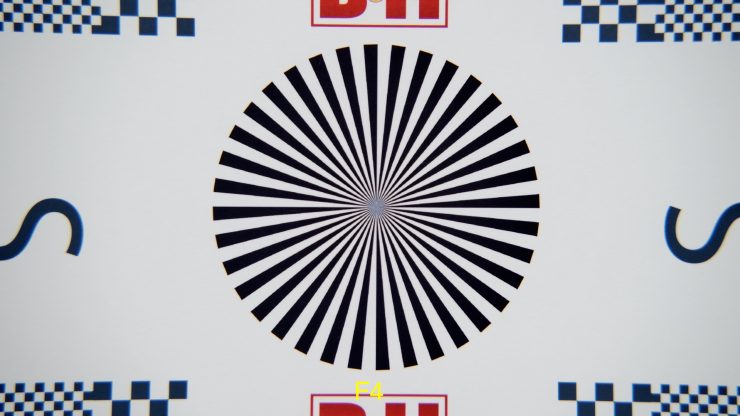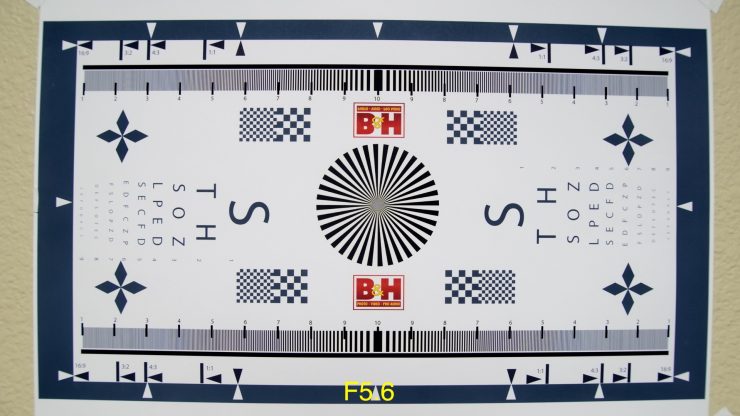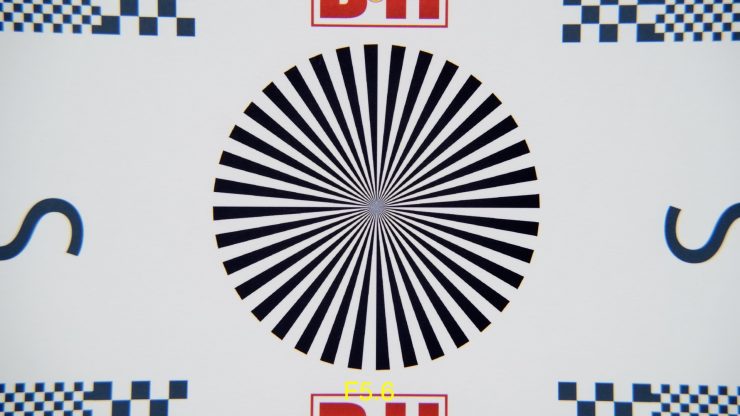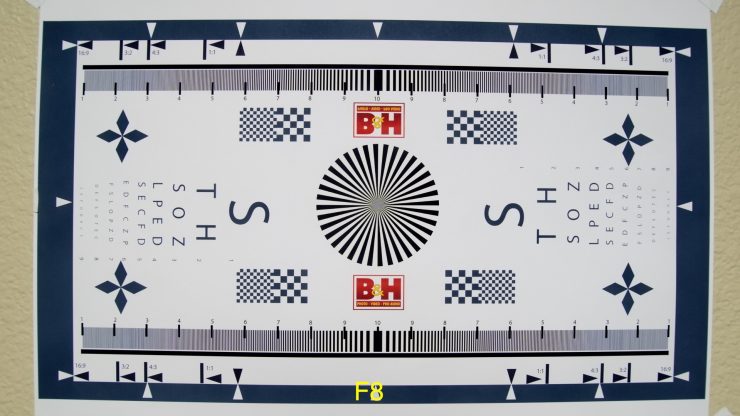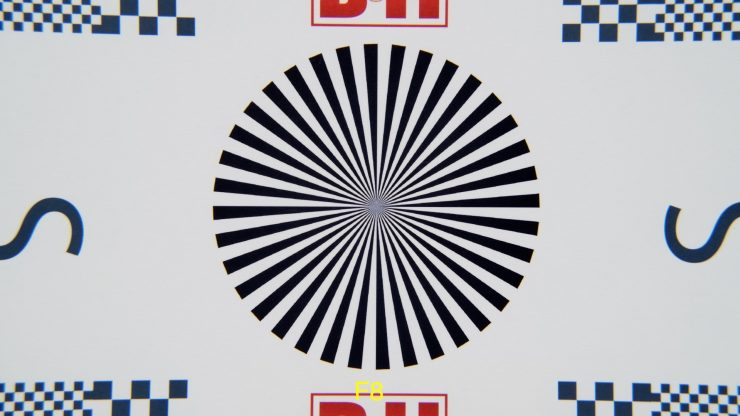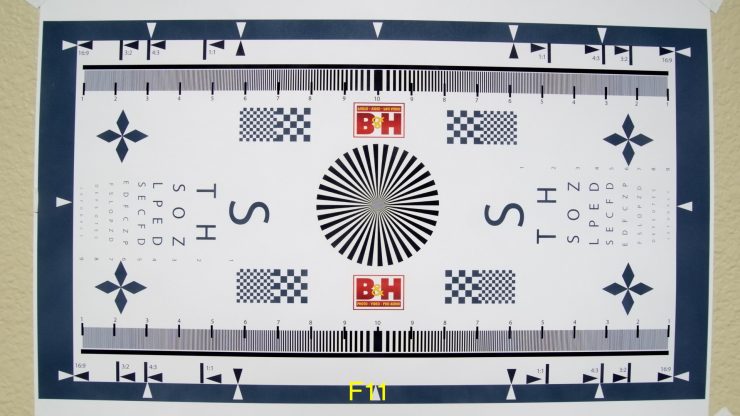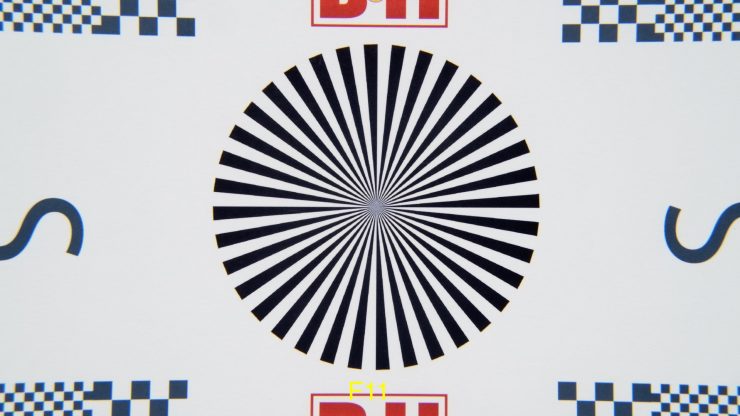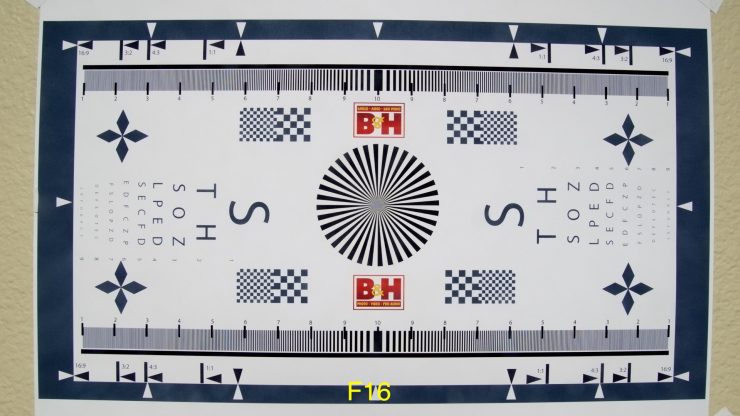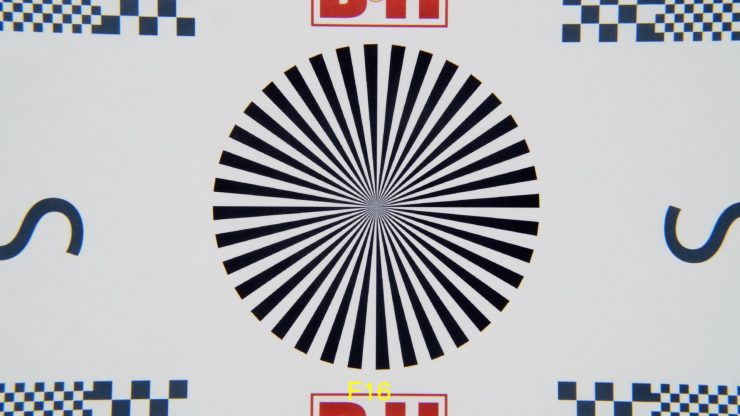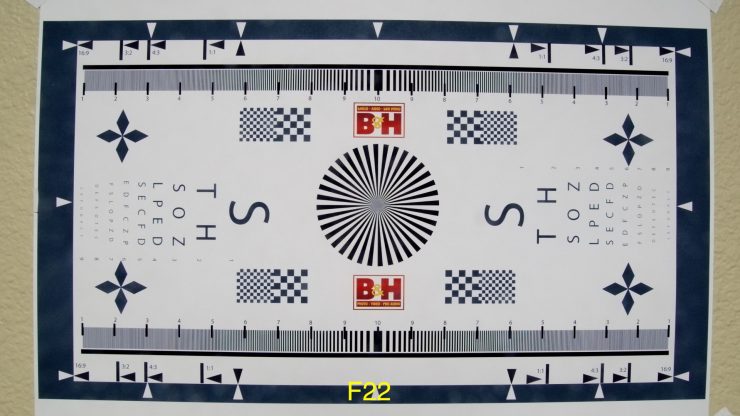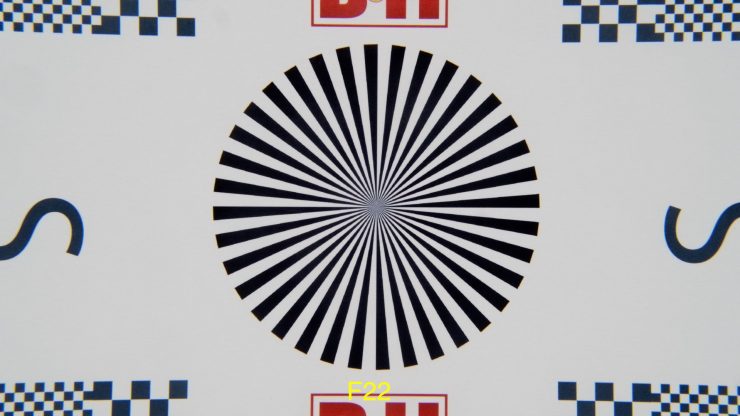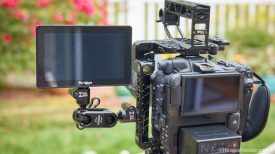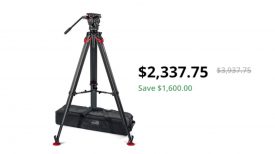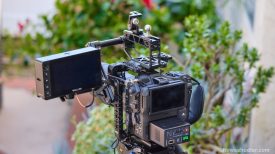
Parfocal Cinema Zoom lenses are expensive, and most rent them when needed for a project. DZOFILM is out to change this with its affordable cinema zoom lens offerings. The first set released was the Linglung Series 10-24mm & 20-70mm T2.9 parfocal lenses for Micro Four Thirds mount cameras. The set runs only $2,998.00. That’s not a typo—two parfocal cinema lenses for under $3K. I haven’t tried these yet, but the reviews have been positive, especially for the price.
Let’s dive into the S35 Pictor Zoom 20-55mm T2.8 & 50-125Mm T2.8 lenses.
Pictor Zooms
| Specifications | 20-55 | 50-125 |
| Lens mount | EF/PL | EF/PL |
| Focal length | 20-55 mm | 50-125 mm |
| Zoom ratio | 2.75X | 2.5X |
| Minimum T-stop | T2.8 | T2.8 |
| Aperture range | T2.8-T22 | T2.8-T22 |
| Image Circle | 24.89 mm*19.3 mm(φ31.5 mm) ratio 1.33:1 | 24.89 mm*19.3 mm(φ31.5 mm) ratio 1.33:1 |
| Flange Distance | 52mm(PL) / 44.14mm(EF) | 52mm(PL) / 44.14mm(EF) |
| Close Focus Distance (to sensor) | 0.6m/2ft | 0.8m/2ft8in |
| FOV | ||
| Horizontal | 64.3°- 24.8° | 28.1°-10.8° |
| Vertical | 49.6°- 19.0° | 20.9°-8.2° |
| Diagonal | 78.0°- 30.6° | 35.8°-13.3° |
| Shooting Area under Close Focus | 20mm: 547 mm 24.8mm 55mm: 193mm 146 mm | 50mm: 348 mm 257 mm 125mm: 132mm 100 mm |
| Effective lens Dia. | ||
| Front | 53.0 mm | 61.0 mm |
| Back | 25.8 mm | 29.4 mm |
| Aperture control | Manual(ring rotates up to 65°) | Manual(ring rotates up to 72°) |
| Zoom control | Manual(ring rotates up to 100°) | Manual(ring rotates up to 100°) |
| Focus control | Manual(ring rotates up to 270°) | Manual(ring rotates up to 270°) |
| Size: | φ95.0 164mm(PL) φ95.0 171.9mm(EF) | φ95.0 175mm(PL) φ95.0 182.9mm(EF) |
| Weight: | ≈1520g / 3.35lb. | ≈1700g / 3.74lb. |
| Front Outer Dia. | φ95 mm | φ95 mm |
| Filter Size | M86*0.75 | M86*0.75 |
| Gear Pitch | 0.8 M | 0.8 M |
| Number of blades | 16 Pcs | 16 Pcs |
When I first held one of the Pictor Zooms, I was surprised. It has a nice build with all-metal housing. The dampening is firm and not sloppy. Very nice mechanics all around. I did notice a little stickiness on the top beginning and end of the zoom. It didn’t affect the performance when using motors.
The two lenses match with focus, zoom, and iris rings all in the same position for easy lens swaps when using a follow focus of motors. The length of the 50-125 is a little longer, so a swing-away matte box will need adjustment.
What’s Included
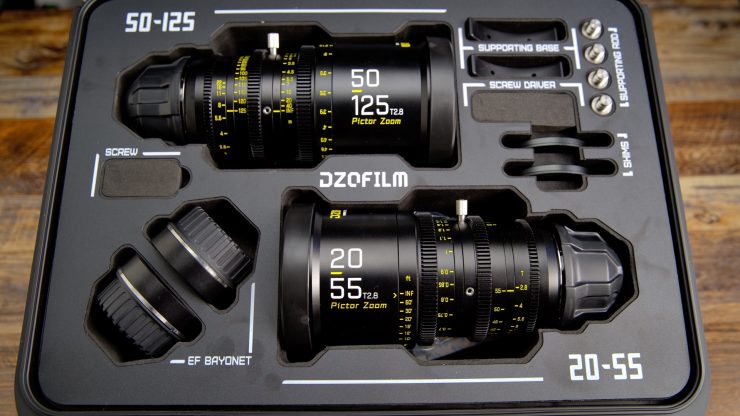
The DZOFILM Pictor Zoom cinema lenses come in a kit with a nice case and all the accessories needed. They are available individually as well. The set retails for $4,499.00, or 20-55mm T2.8 retails for $2,289.00, and the 50-125mm T2.8 is $2,489.00
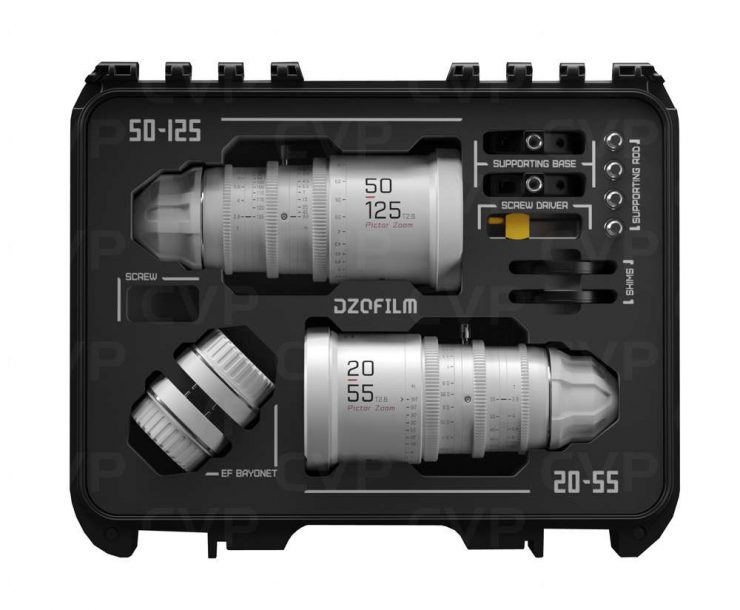
The hard case has firm laser cut foam to keep the lenses safe when transporting. Additional cutouts are for the included EF mounts, two screwdrivers, lens supports, and shim cases. The full kit is a thing of beauty.
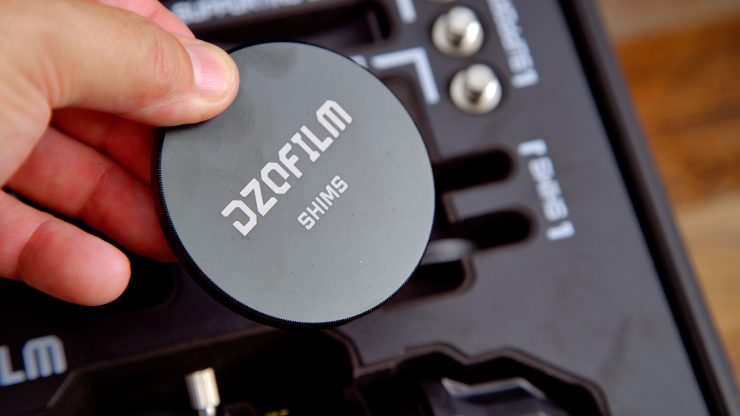
Pictor Zoom Key features
- Parfocal design
- Minimal breathing
- Compact size
- 20-55mm Weights 1520g / 3.35lb.
- 50-125mm Weights 1700g / 3.74lb.
- Consistent T2.8
- Complexion friendly
- 0.8M standard gear pitch
- 270° focusing rotation angle
- 16-blade rounded diaphragm
- Interchangeable mount
PL and EF mounts
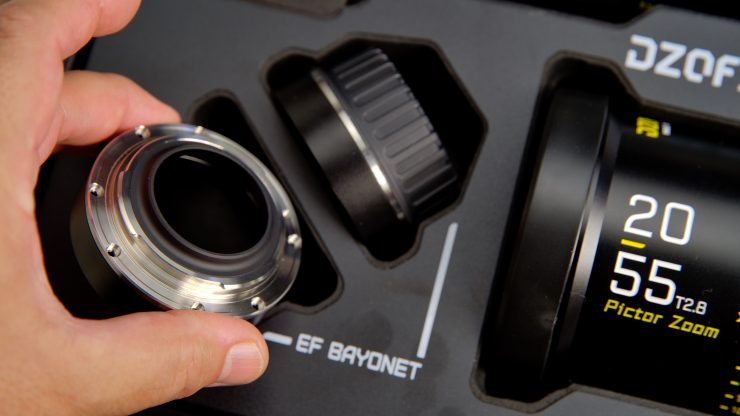
The kit includes both PL and EF mounts. It shipped with the PL mounts, so I had to swap them out as I dont have a camera with the PL mount system. It’s great that DZOFLIM includes both mounts as rental houses will be swapping the mounts out frequently, as well as owner/operators who rent PL or EF mount cameras. It’s really a win, win.
The mounts do not have electronic contacts; therefore, they dont speak to the camera, so no iris and focal length data will appear in the camera monitor or EVF.
Parfocal Back Focus Adjustments
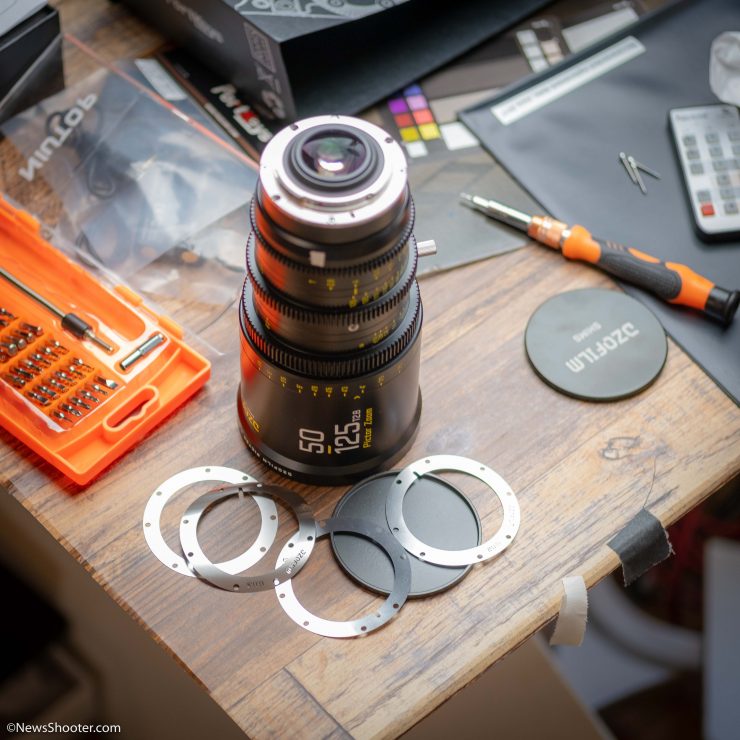
To get the Pictor Zoom to perform as a parfocal lens, the back focus must be adjusted using the supplied shims. It’s fairly tedious since you have to unscrew the eight T6 torque screws off the mount, add scrims, then put it back together and test.
Since I was swapping out the PL mount for the EF, I didn’t have a baseline to work with, so I started with the 0.30 shim and added more after determining the parfocal performance. You have to be careful when handling the shims as the thin ones are very fragile. You dont want to crease them accidentally.
Pictor Performance
I’m not a lens tech or pretend to be one. I did some simple tests with a chart to see how the lenses perform. My tests are not scientific. I feel they are still relevant as it helps me see the actual performance in a controlled and rather boring setting.
My favorite focal range is around 50mm to 200mm. I shoot people mostly, so wide angles don’t get much use in my world, but telephoto lenses do. Let’s start with the 50-125mm and then the 20-55mm and see how the lenses look shooting a chart. I know you can’t wait!
Distortion, Sharpness & Chromatic Aberration
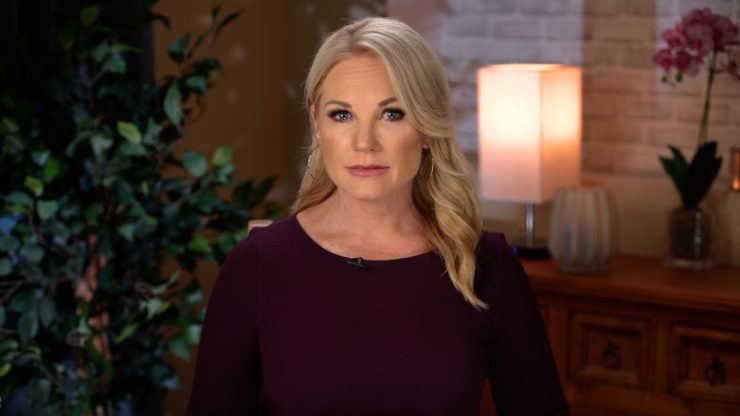
One thing that does stand out to me is the Pictor Zooms are warm in color. I prefer warm over cooler as I shoot faces most of the time. The lenses are also somewhat soft, or not clinically sharp, so that is two features I like a lot.
Pictor 50-125
The 50-125mm has significant distortion at 50mm, and it decreases as you zoom in. At 125mm, it’s still present.
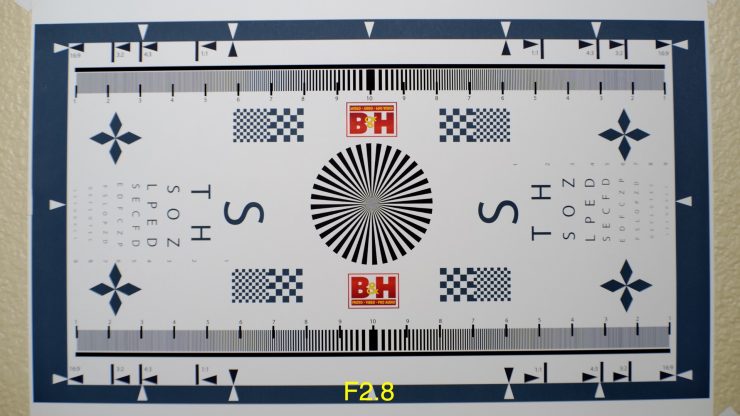
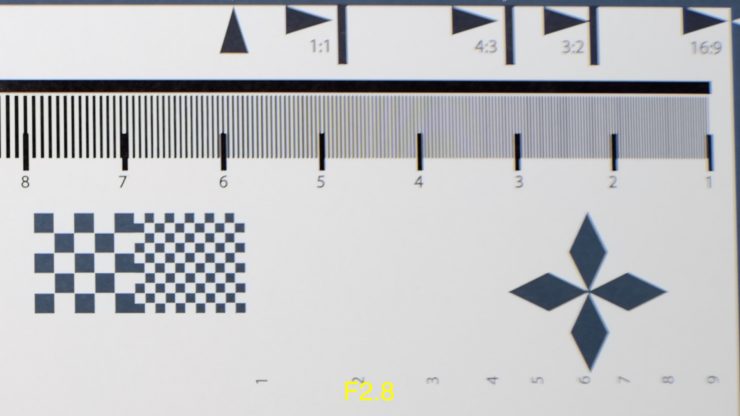
Below is the 50-125 at 125mm. You can see the distortion in the corners and some chromatic aberration as well in the center.
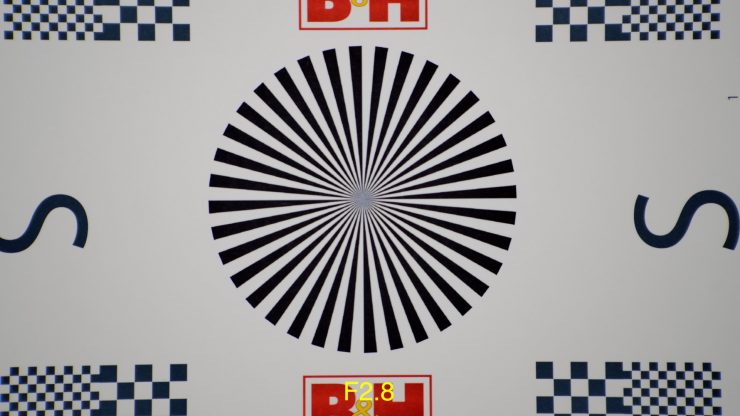
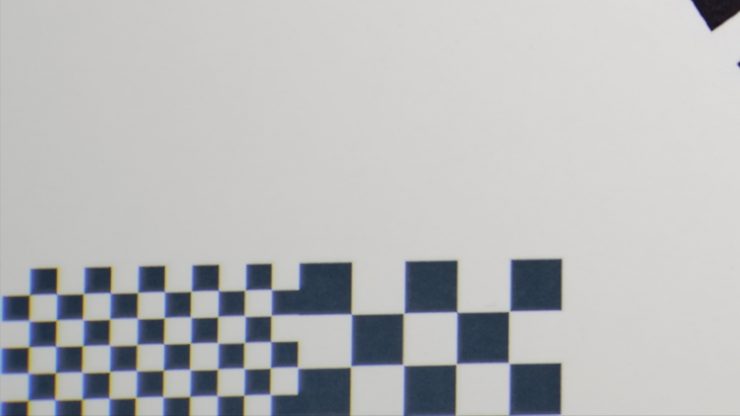
Once you stop down around T5.6, the corners get sharper but never match the image’s center sharpness. I would say the sweet spot for sharpness at 50mm is a little past T4 to f11.
Pictor 20-55mm
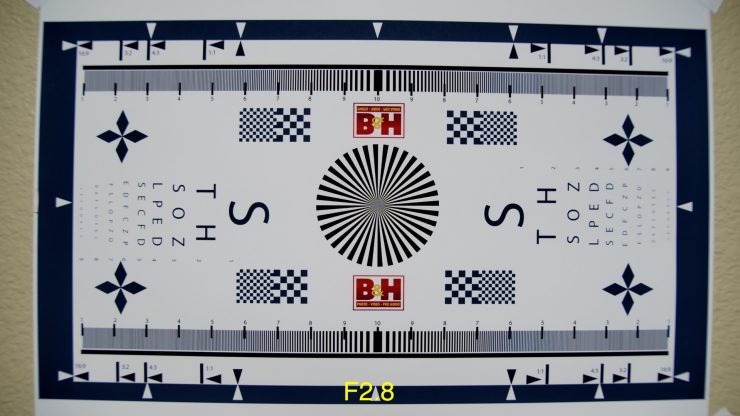
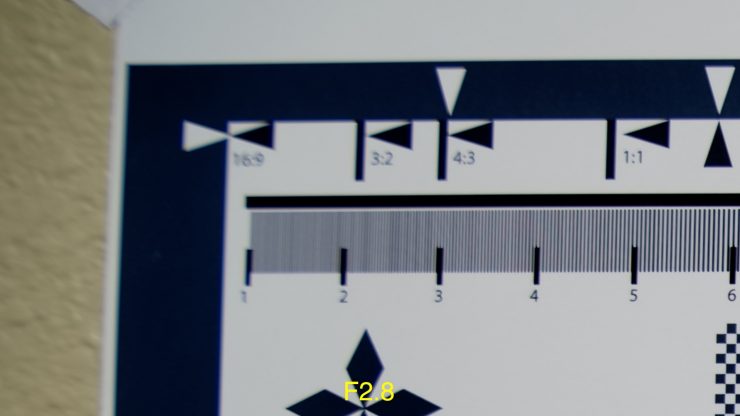
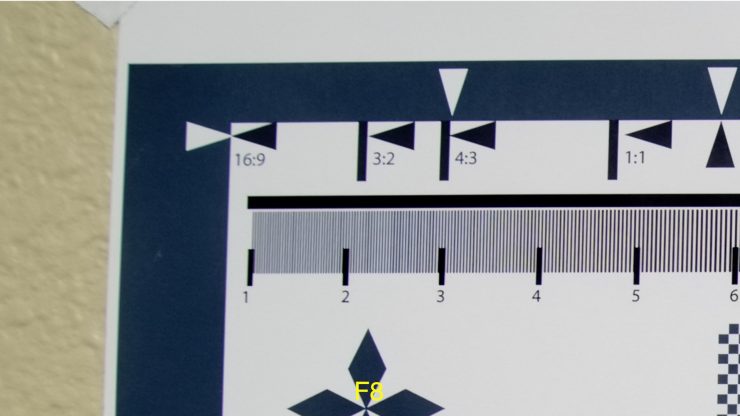
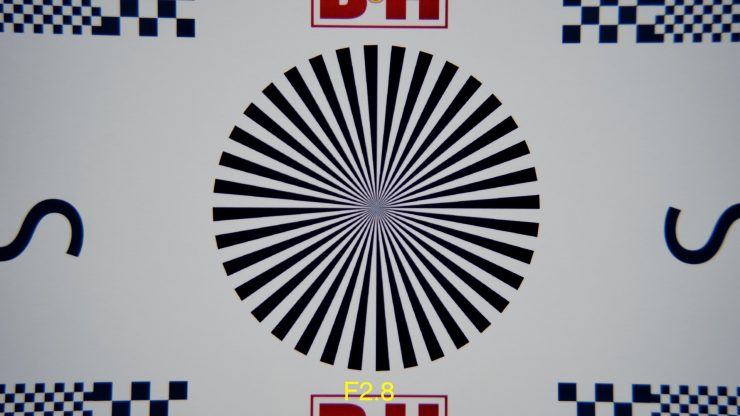
The sweet spot for the 20-55mm is T8. The corners become sharper with less CA present. The lens also has distortion present at 20mm and performs better at 55mm.
Thoughts on Distortion & Sharpness
While you might think these results are not good, it’s a test using the most boring thing ever. A chart! If you are shooting all flat walls with no depth, then these are not the lenses for you, but this isn’t the case at all. In real-world shooting, the subject is the center of focus, and the scene will have depth and be out of focus, depending on how wide open your shooting and the length of the lens. Overall, both lenses are on the softer side and, at times can be harder to focus due to the character of the lenses. These are not clinical lenses. If you like vintage lenses, you will like the Pictor Zooms.
The Pictor 50-125mm sharpness falls off quickly to the corners when shooting wide open at T2.8. It gets better as you close the lens down, but it is still rather soft. I would say the center third portion of the lens holds well but quickly gets softer as you move to the frame’s left and right sides.
Chromatic Aberration is difficult to fix in post. I did see some in the detail areas of the corners throughout the zoom range. It decreases when stopping down.
Below are all the f-stops at the long and short zoom range for each lens.
Pictor 50-125 Chart Tests
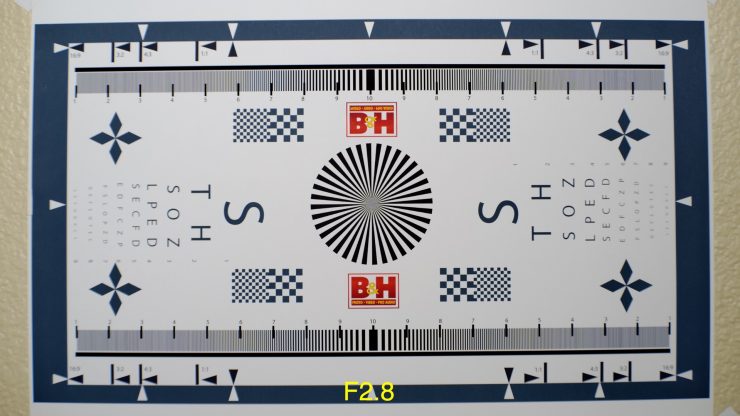
Pictor 20-55mm Chart Test
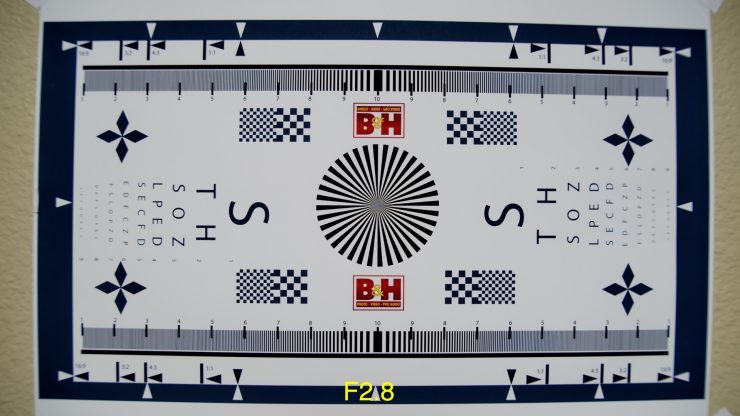
Okay, that is enough! I hate shooting charts, but it does let you know technically how a lens performs. You can’t judge a lens solely based on charts alone. Depth changes everything, but it is important to see the technical aspects of a lens. Just keep that in mind.
Going Full Cinema
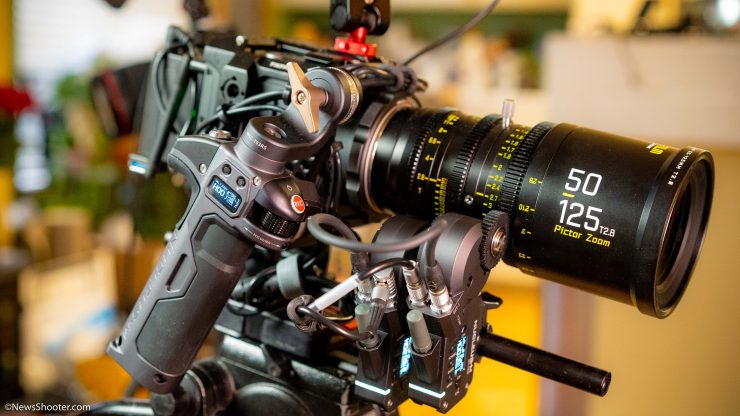
To take full advantage of the Pictor Zoom lenses, I put the Tilta Nucleus-M system on a Z Cam E2 F6 in S35 mode. You have to like having the option to shoot in full-frame and S35 without worrying about image quality. A real twofer!
The Nucleus-M comes with two handles. One has both a zoom toggle and a focus wheel. I had to get an extension to mount it to the Z Cam Tilta cages, ARRI Rosette, to get the grip in the right position. I have to say this is n excellent setup!
With the motors on the camera’s dumb side, the operating side is nice and clean, with room for an EVF if needed. The Pictor Zooms worked perfectly with motors. Calibrating was a simple push of the button. I love lenses with hard stops on the range. It makes calibrating so much easier.
Overall Feel
The lenses have a very nice feel to them. The dampening is just enough to give you nice resistance when focusing. I did notice on the 50-125mm the zoom was a little sticky on the ends of the zoom. I think it’s odd, but it could decrease with use.
Parfocal & Breathing
Most of us use still lenses with a cinema camera due to availability and price. I come from the newsgathering world where parfocal zoom lenses on an ENG camera is the norm. Punch in. Set focus, and I could knock out several different framing options without refocusing—a huge win for fast coverage.
The Pictor Zooms are parfocal once you set the back focus for the mount. I’ll say it again, in this price range, the performance is really good. I found that the lenses tend to be soft, and setting proper focus is a little challenging.
Lens Breathing
If there is one thing that drives me crazy is a lens that breaths a lot. It’s distracting and looks unnatural. I love the Sigma 50-100 f1.8 as it’s sharp as a knife and fast, but wow, does it breathe. No rack focusing with the 50-100. While rack focusing isn’t as common as in the old days, it’s still an excellent way to move the scene forward.
The Pictor Zooms perform insanely well for a lens in this price range. I feel DZOFILM made low breathing a priority. If so, they nailed it!
Bokeh
With the info I gathered from shooting charts, I felt the bokeh’s look would be affected by two things: distortion and chromatic aberration. The 16-blade iris does a nice job making the bokeh round when the lights are in the center of the frame; however, when you go to the frame’s edges, the bokeh becomes more egg-shaped with purple fringing.
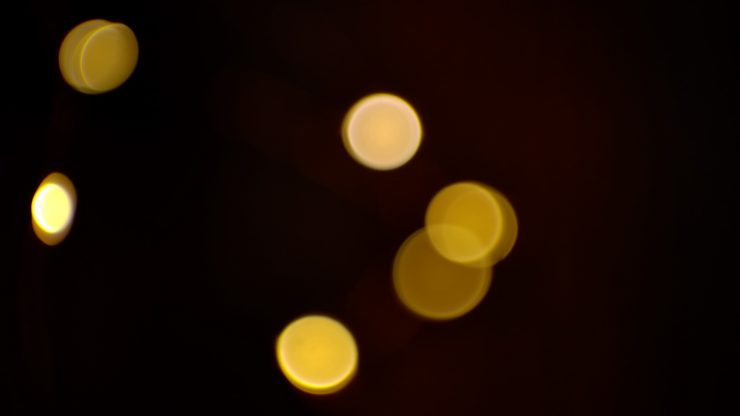
The bokeh with the 50-125mm is nice, with the 16-blade iris giving a nice round bokeh ball as you move to the sides, the shape changes. Purple fringing isn’t as present with the 50-125mm.
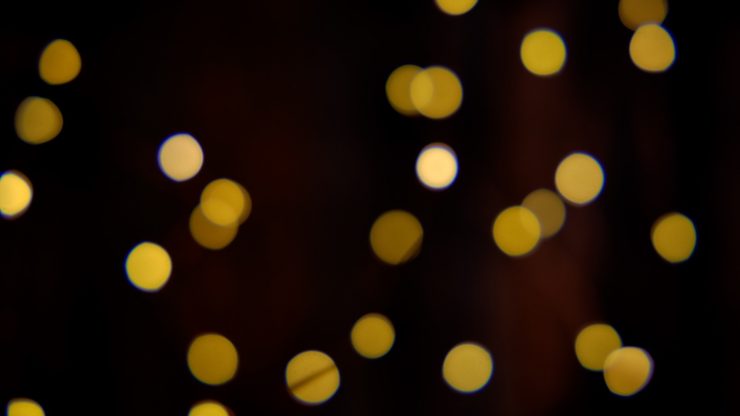
The 20-55mm has the same characteristics; however, the chromatic aberration is much more present, and again the distortion changes the shape of the bokeh on the sides of the frame.
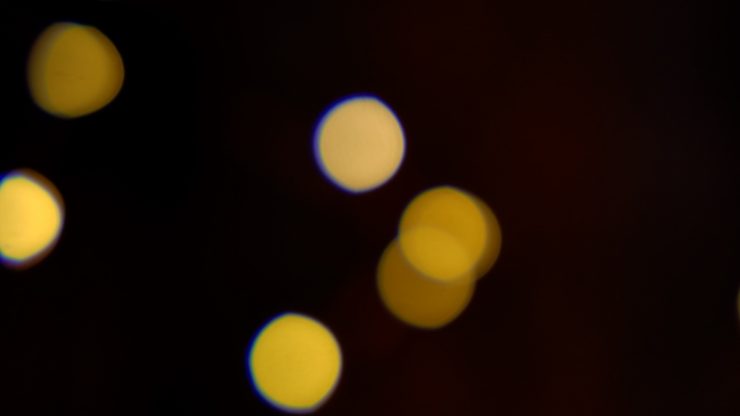
Bokeh quality is very subjective, so I’m not going to state whether it’s good or not. I do feel the out of focus areas of a frame tend to look a little busy. This might be due to the softer characteristics of the lenses. The advantage of a softer look is it will make the skin more pleasing. With cameras being very sharp these days, a softer look with a lens might be a good way to get that vintage film look with video.
Flair
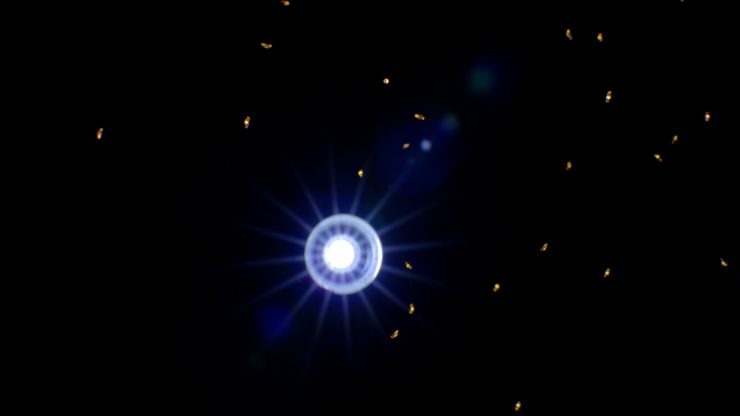
The Pictor Zooms have a star-shaped flair once you stop the lens down. At T8, it looks nice and gets bigger, the larger the f-stop. I’ve always liked that look. It doesn’t streak much, and ghosting isn’t very heavy like an uncoated lens. I think it’s a nice balance of modern and vintage.
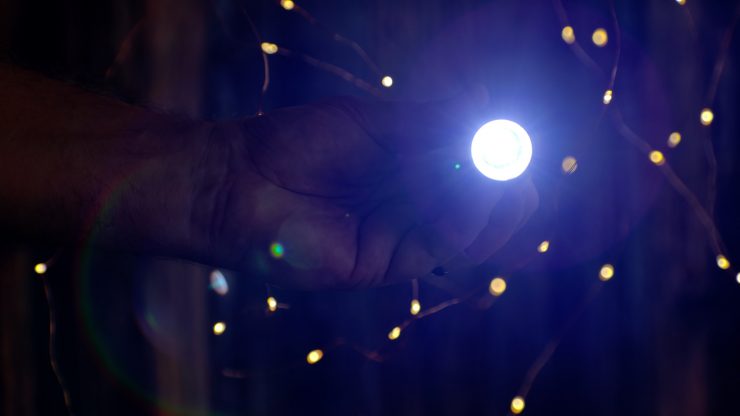
At T2.8, you get some really nice flairs with good ghosting control. The coatings are a good balance of control and character.
Vignetting
Both Pictor zooms have very little vignetting when shooting at T2.8 and decreases as you close the lens down. Vignetting doesn’t bother me much as I kind of like it and tends to add some in post. It helps add attention to the center of the frame making the subject pop a little.
SpeedBooster?
Since these are S35 zooms, you probably are thinking, could I use these with a SpeedBooster? The straight answer is no. The rear optic sticks out too much, making it impossible to use any current versions.
Other Options
In this price range, the Pictor Zooms are pretty much in their own category. The MFT or E-Mount Fujinon MK18-55mm and MK50-135mm T2.9 are close, but they retail for $7,798.00 for the two-lens kit and doesn’t have an EF or PL mount option due to the lenses design. Duclos has an RF mount option available for the MK lenses. They can be purchased with the Canon RF mount, or if you already own them, they can be installed for $495.00 per lens.
Final Thoughts
When choosing a lens in general, you have to know what you want. While that sounds obvious, it isn’t. Lenses have characteristics that will change the image drastically. For example, Canon lenses tend to be on the warmer side, while Zeiss is cooler. Also, sharpness plays a big role. I personally like sharp lenses and don’t tend to use vintage lenses due to the likelihood of increased chromatic aberration. I would say the Pictor zooms are not an overly sharp lens and have character to them. They do market them as such, and I think it’s good DZOFILM knows and states what the Pictor lenses are.
Yes, the 50-125mm has more distortion than I like, but it’s not as visible in the real world instead of shooting a chart. The corners are soft, wide open, and get better as you stop down, but never goes away. The breathing is very minimal, and that is impressive. Bokeh is subjective, so judge for yourself.
My favorite of the two Pictor Zooms is the 50-125mm, similar to a 70-175 full-frame equivalent (S35 1.4x). It’s a range I use the most in my work. The Canon 24-105 is a lens I grab a lot. The lenses have a lot of character and look great on faces with a natural smoothness due to the lenses not being overly sharp.
Minimal breathing and solid build and mechanics make the lenses a good fit if you like a lens with a vintage look.
DZOFILM has created something special at an affordable price. For under $4495. US, they are a bargain.
Like what we do and want to support Newsshooter? Consider becoming a Patreon supporter and help us to continue being the best source of news and reviews for professional tools for the independent filmmaker.

